Many city dwellers are making the decision to leave due to civil unrest and riots. Some made the decision to bug out due to COVID-19 alone but the addition of civil unrest has led many to leave temporarily or for good. A bug out trailer ensures that you are ready to leave at a moment’s notice.
Bugging out in a trailer is a choice that many have made. There are many advantages to trailers during a SHTF situation.
- Mobility
- Lower cost than buying a home or property
- Can be easily customized
- Blends in—no one thinks much about someone pulling a camper or RV
- Can be used for inexpensive vacations or extra housing at other times
- Good resale value when everything is over
Note: This article just covers outfitting a bug out trailer. You should also have a bug out bag or 72-hour kit packed with the essentials. Some of the supplies listed here may be kept in your bag, and I have not included some essentials, like an everyday carry knife, because you’re likely going to want to have that on your belt or in a pocket. For more info on bug out bags, check out Roman’s “Ultimate Bug Out Bag Checklist.”
Table of Contents
Factors to Consider
Living in a camper is not necessarily easy to get used to. When my husband and I were in our mid-twenties we lived in a small 18-foot travel trailer so that we could be on site to build our house and not pay rent. Although we weren’t running from a disaster, we were dropping out of mainstream society for the most part.

Our camper looking to the left as you step in. It was made in 1978. My husband and I bought it in 2008 for $300. We were 25 years old. It was our home for 18 months until we moved into the shell of our house.

The view towards the sleeping area. We had 20 amps of electricity in total. We had a temporary power pole further up the mountain at our house construction site so we ran a heavy-duty extension cord. We could run a small fridge and a heater on low in the winter.
Our camper was cheap and old. The power system didn’t work, and we had no indoor plumbing. If you buy a nice camper, you won’t have to deal with those things. I am telling you this because it’s important to realize that you can make do in a not so great situation and come out stronger and better than before. Here are a few things that I recommend considering before you start customizing and stocking your bug out trailer.
Cost
Be careful when buying used trailers, especially if they’re older.
Buying a used camper can save a lot of money. Unfortunately, used campers are a lot rarer than they once were because of demand caused by the pandemic and civil unrest. Look for signs of any of the following when considering a purchase.
- Water damage. This is usually indicated by mold, rot, or brownish stains.
- Soft floors. This is another sign of water damage.
- Burns around electrical outlets or fixtures.
- Cracks on the exterior or visible areas of the roof
- Beware of campers that have been sitting with no cover on the roof.
- Look closely at the tires. Dry, rotted tires are common, especially in trailers that have not been moved.
- Busted signal lights
Don’t get me wrong, some things can be fixed, and you might get a really good deal if you’re willing to do some work. You just don’t want to pay more than you should.
Airstream Trailers

The best built trailer is the Airstream. They are made of solid metal on the outside and the rounded roof doesn’t leak as easily as the standard flat camper roof. People have made amazing bug out trailers and small homes using Airstreams. Even if you find one that was made in the 1950s or 1960s, chances are it can be made into a great trailer with just a little work.
Pro Tip
Airstream is the only travel trailer company to survive the Great Depression. Due to rationing it was hard to get the aluminum needed to make trailers. Out of over 400 manufacturers, Airstream is the only one still on the market.
Pop-up Campers

A pop-up camper is an affordable camping solution, but I can’t recommend it as a long-term bug out solution. They are just not durable enough. In addition, most people store them wrong. If they’re stored folded up, they tend to become moldy and leaky. They’re better than nothing, but you wouldn’t want to spend a winter in this type of camper unless you live in a very warm climate. For a short-term bug out, you might be okay, but for anything longer than a few months, this type is just not practical.

Consult With Survival Pros
For Those Serious About Their Family's Life-Assurance Plan (and Not Just Life Insurance)
Learn MoreCreating a Bug Out Trailer from a Utility Trailer
This is a rather fancy conversion from cargo trailer to camper but it shows just how nice a job you can do if you take your time and plan well.
If you don’t have the money to buy a camper trailer, then you might consider retrofitting a utility trailer to meet your needs. There are plenty of innovative people that have done this in their spare time. However, with the current level of unrest and shortages on building supplies, this may be more challenging right now.
This video shows how a cargo trailer was converted into a trailer for hunting. You can see how one could be converted for a long term bug out.
Slide in camper and towed trailer

It might be easier to find a small slide-in camper for your truck and an additional utility trailer than buying an all-in-one camper. This will also allow you to organize things better and carry more food and other supplies. Your utility trailer can be a rolling stockpile to get you through a SHTF situation, and the slide in can provide you with a place to sleep and cook.
I lived in a slide in for a couple of months before we got the regular camper, and it wasn’t that bad. One thing you can do to spread out is have items like folding camping chairs, a tripod for cooking over a fire/camp grill, and an E-Z Up canopy for additional covered space.

The first camper we bought was a little slide-in model. It became a storage shed and feed room for the animals after we got the larger 18 ft Holiday Rambler.
Camper Cover with Storage
If you have a mid- to full-size truck you can outfit it as a camper alternative. This is achieved by purchasing a cover for the bed of your truck. Some people use plywood to create a platform for a bed. The area below is access by letting the tailgate down. In this area, supplies and gear are stored.
Of course, you could also tow a small trailer with additional supplies. It all depends on the size and towing capacity of your truck and how much stuff you want to take with you.
Towing Your Trailer
Towing capacity varies a lot based on the vehicle. Just because you have a truck doesn’t mean it can tow 10,000 lbs. Before you buy any trailer or camper, check your vehicle’s towing capacity. You also need to be aware that even if you’re under the vehicle’s towing capacity, going uphill might mean that you can barely go the speed limit. If you’re planning on going through steep country, don’t push your weight limits.
If you have the funds to upgrade your vehicle to something that will tow more, you might want to consider that, but keep in mind that access to fuel and mileage per gallon must be considered. Just because gas and diesel are cheap now doesn’t mean they will always be.
Tiny Homes on Trailers for Bugging Out: Don’t Do It
These are a terrible investment. I have been inside one of them and had a good look over the outside. They’re not built well enough to hold up to being moved a lot. They often cost over $50K, and they offer limited space and loft style sleeping arrangements that are not suitable for some people. Also keep in mind that they are often made by people with little building experience.
If you really like the small house on wheels idea, I recommend looking into building one yourself because you could do it for about 1/3 of the cost of a premade one. Of course, that means having access to lumber and materials that are currently in short supply in many areas.
Remember that bugging out means you want to keep a low profile too. Small houses on wheels attract a lot more attention rolling down the road than a utility or camper trailer.
Outfitting Your Bug Out Trailer
This section covers the basics that you must consider. Consider your own unique needs and those of your family. Remember that space is limited, and you must prioritize the most important items that you will need in a SHTF situation.
Food
The amount of food that you can carry depends on the size of the trailer, of course. Ideally, you will have a few months’ worth of food for everyone. As space is limited, choosing the most calorie-dense foods that also provide a balanced diet is essential. Freeze-dried foods are ideal, but they are the most expensive. A more reasonable compromise might be to have a mixture of conventional survival foods such as dried beans, rice, and flour as well as some dehydrated, canned, and freeze-dried foods.
Buckets of mixed freeze-dried meals like those sold at Valley Food Storage stack well and take the work out of putting together your own food supply. Legacy Food Storage is another option.


If anyone in your family requires a specialized diet, make sure to carefully read the ingredients lists of any survival foods that you buy. There are many options for specialized diets out there, but there are also budget brands that use a lot of fillers and artificial ingredients.
Water, Water Filters, and Storage Containers
If you must bug out in your camper, you might not want to stop for water until you are far away from the SHTF situation. Have some water stored in approved containers. For a family, 10–20 gallons of water is enough to last a few days of travel without having to conserve.
Have a water filter that is suitable for 2–4 people. It can be cumbersome trying to filter water using a pump-style filter, so here are a few choices to consider.
- HydroBlu with Gravity Fed 10 L Bag (Filter and Bag Sold Separately)
- Sawyer Mini and Hydration Pack or Bag
- Lifestraw Family
Although I have an AlexaPure Pro that is very similar to a Big Berkey, I am not a fan of countertop gravity-fed filters. In my experience, they are very slow. You can increase the speed by adding additional charcoal filters but that substantially increases the overall cost. Perhaps the results would be different with a larger model such as the Royal Berkey. If you have a countertop model that you find to be efficient, please share it in the comments.
Collapsible water containers or Jerry Cans are convenient and inexpensive for storing water in your camper.
I also recommend that you have a personal filter for everyone in the group. This allows for multiple backups. Sawyer Mini or HydroBlu are good choices. Either one of those filters can be used to replace the main family filter if used in-line with a hydration pack or bag.
How much water should you drink per day?
According to Webmd , you should drink 0.5-1 oz of water per lb of body weight each day. Under extreme circumstances you may need more.
Medical Supplies
It has been my experience that people are better off buying a good base kit and then adding more supplies. I have never seen a kit that did not need some customization to make it great. Here are few base kits that are worthy of consideration.
First Aid Only 299 Piece Kit- Good for putting in packs and suitable as a base kit for 2 people.
First Aid Only First Responder Standard First Aid Kit – This kit is good for groups and families that need an expanded kit.
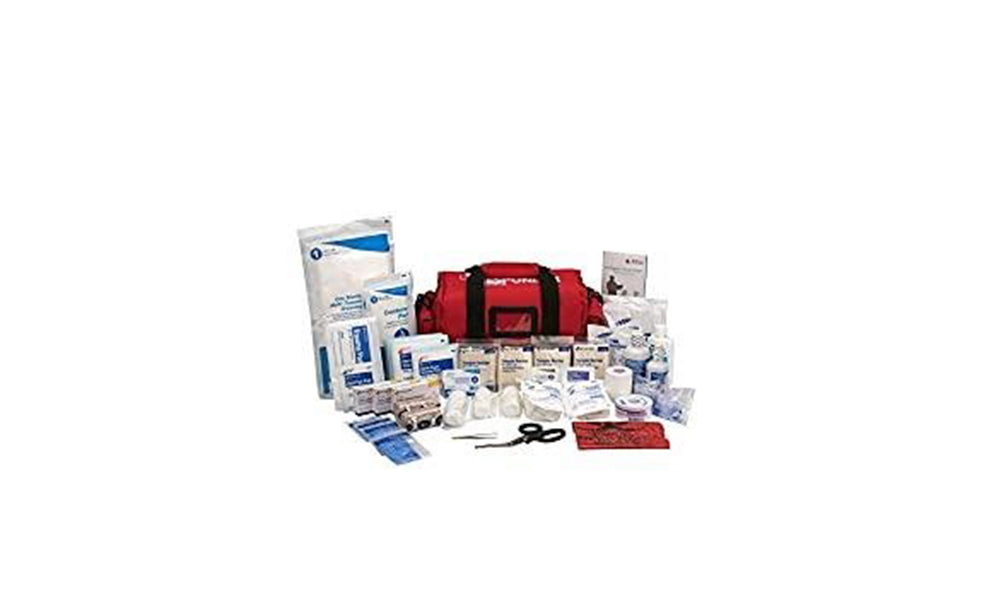
Supplies to Add
These items are often missing from kits, but they can save lives.
- Benadryl—Allergic reactions can be deadly. I recommend a large pack of the liquid gel caps because they kick into action faster than tablets that must completely dissolve before they’re effective.
- Israeli battle dressing—This is for major trauma with a lot of bleeding.
- Blood stop powder. As wounds vary in size, it’s best to have several sizes on hand. I buy Woundseal for smaller cuts and Celox packets for larger lacerations. Woundseal will work for large cuts as well but you will have to use many tubes to equal a Celox packet.
- Fish antibiotics
Prescription Medications
If anyone in your household requires prescription medications, try to keep an extra supply on hand. Many medications allow for a 90-day supply to be issued. Refill meds as soon as you’re allowed to do so that you always have a cushion in case of disaster. Make sure that you use your oldest medications first.
Defense
A trailer security and defense system is a good idea in a SHTF situation. Consider how you will set this up when you get where you’ll stay for a while, but also consider security while traveling to that location. Will you need to have someone armed riding in the trailer?
Alarms and tripwires can alert you to intruders when you’re set up. Stashing a few items in your camper to set this up is highly recommended. There are also more serious booby traps and security measures that you can put in place if the situation calls for it.
Carrying firearms is something that many people already do and will likely do more often in a SHTF situation. Be aware of laws when transporting firearms across state lines.
Kitchen Supplies
It’s important not to waste space with a bunch of kitchen gadgets and gear that you don’t need. Keep it simple.
- Basic set of pots and pans
- Good set of knives
- Durable plates and bowls
- Dish soap and a pack of sponges
- Containers for storing opened bulk foods. This is essential for keeping out pests. After trying many options in my kitchen, I have decided that Rubbermaid Brilliance is the toughest and has the best seal.
- Percolator for coffee or a tea kettle

Emergency Automotive Kit
- Tire Iron
- Jack
- Tire Patch Kit
Flat tires happen no matter how careful you are. In a SHTF situation, they are even more likely. A good tire patch kit is inexpensive and can get you out of some bad situations.
Some Basic Tools
One lesson I’ve learned from reading about the experiences of those who have gone through a real SHTF situation is that tools are invaluable. A basic toolbox and some cordless power tools that you can keep going with a solar power array will allow you to make repairs and build things you need.
Moisture Absorbers
One thing that most people do not realize about trailers is that they are prone to dampness and moisture. In the winter, my husband and I experienced water dripping from the ceiling of our camper. It also accumulated under our mattress. Our solution was to hang up some Damp Rid moisture absorbers and buy a small dehumidifier that ran on very little electricity. If possible, regularly open the windows and allow your camper to dry out. Fans can also help. Check under mattresses and flip them up to air them out occasionally. Mold, mildew, and the dampness that causes them can cause or exacerbate health issues in some people.
Fire-starting Methods and Chopping Firewood

I’m a big fan of Bic lighters. They’re reliable and inexpensive. However, it’s important to have other methods on hand for starting fires. Outfit your bug out camper with two or more of the following, but make sure to have at least one very reliable method. I like playing with ferro rods too, but they take practice and are not the fastest way to start a fire.
- Disposable Bic or refillable Clipper lighters (other brands of inexpensive lighters aren’t reliable enough to recommend). Zippo is reliable but they are not disposable and cost considerably more.
- Matches. Some people prefer to have both regular and waterproof on hand.
- High quality ferro rod and striker. The best I have ever used is the Firefast. Even a beginner can get a fire going using this rod.
- Hatchet/ax
- Bow saw
Hygiene
One of the most overlooked areas of preparedness is hygiene. This is not about looking pretty. This is about keeping yourself clean so that you can stay healthy and free of infection, which can turn deadly during an emergency. The list below is just the basics.
- Multipurpose soap. Dr. Bronner’s Baby Castille works well and can be used by those with very sensitive skin that is prone to allergic reactions. The peppermint version is best, if you can use it, because it provides additional antibacterial and antifungal protection. It even helps keep bugs and parasites off you.
- Wet wipes or shower wipes. These have come a long way. Some brands are designed to be used as a total shower replacement. Baby wipes work, but you’ll need to use quite a few of them.
-
Camp shower. A bag with an outlet that allows you to heat it in the sun is the least expensive option.
For short-term bug outs and situations in which you can get propane, you might consider a portable propane hot water heater and shower nozzle. They are very affordable and nice to have. As someone who went without running hot water for five years while building a house, I can say that hot water is a major luxury that you’ll miss if you don’t have it.
Buckets
There are many ways that buckets can come in handy. Food grade buckets that hold 2–5 gallons are easy to stack and store. I recommend having a few buckets in various sizes on hand. Make sure to label buckets that you use for something that makes them unsafe for water or food use. It’s easy to get mixed up when trying to multitask.
Human Waste and Bathroom Duty
Campers have waste collection systems that are meant to either be hooked up at a campground (or other septic system) or emptied at a designated waste collection area. During a long emergency, you’ll need to consider the best way to manage waste for the long term. You may not have the luxury of pumping it out. RV-safe toilet paper is best if you plan on using the system in your trailer.
There are bathroom options. If you own a small piece of property where you plan to take your camper, you can make a DIY septic system. However, this is quite a bit of work, so it’s only recommended if you intend on staying there for a long time.
Outhouses and latrines are other options for when you set up camp. If you want to get the most out of your bug out camper’s sanitation system, you might try only using it for defecation and urinating outside. There is a balance to this though. You have to use some water to flush to make sure that you don’t have only solids in your system.
A simple option for short term use if you do not want to use the RV system is the Luggable Loo. It is basically a 5 gallon bucket and toilet seat cover that you can use with or without bags.

Exclusive Survival Gear Deals
Access survival equipment we’ve fully tested so we can recommend it to you.
Staying Warm

As long as you have access to propane or electricity, this is not much of a challenge. During a real SHTF when these are limited, you’ll have to get used to being colder or find a way to improvise. Campers are not made with wood stoves in mind nor are they suitable for adding them unless you are turning a camper into a permanent abode at a remote location. I am still hesitant to recommend such a thing because of the fire danger and how trailers are made. They are extremely flammable.
Your trailer should be equipped with a full supply of propane. If your trailer can handle bigger tanks or extra tanks, consider investing in them. This will reduce how often you have to go into town or resupply. If you don’t have electricity or propane, it is going to get cold fast. Stock up on good blankets that you can layer and make sure that you have a lot of cold weather clothing if you plan on bugging out in a camper.

My husband in 2009. We were living in the camper in the background while we built a small house. Our property is at an elevation of 3,000 ft. We experienced two very snowy winters and didn’t have much heat but it was well worth it. We wintered over a cow and some goats on the sorghum we grew.
Entertainment
Bugging out can mean a lot more downtime than you might think. Even in a really bad SHTF situation, boredom happens. You need something to take your mind off the stress and problems that are going on. You will be in a better mindset to survive and handle stressful situations if you allow yourself some time to do something that is entertaining to you when you can. This can be hard to do.
During this pandemic, I’ve had to force myself to do this despite being at my permanent bug out location/home and away from the chaos and unrest in the cities. Here are a few space efficient suggestions for your bug out trailer. Those with children really need to take this section seriously. Kids are tough and resilient, but they need some fun and entertainment too.
- E-readers loaded with books
- An emergency radio and SD cards with music
- Computer tablets and SD cards with movies, music, etc.
- Notebooks and pens for writing down thoughts, stories, ideas, etc.
- Drawing paper and crayons, markers, colored pencils, oil crayons, etc.
- Board games and decks of cards
Faq
This is a tough question. If you are just trying to get out a certain area and don’t mind a few others knowing where you are then staying at an RV campground or even a KOA may be an option. If you really want to get off the beaten path a bit you may want to take a look at maps in your area that show Forest Service Roads or remote wilderness areas where it is unlikely you will be bothered.
Make sure to take care when traveling down any roads without knowing their condition. Just because your truck is capable doesn’t mean a trailer will do well. Go slowly and don’t push it. You do not want to get stuck somewhere without any help during a SHTF situation.
Kids need something to keep them from getting bored. What you can provide depends on the situation. Toys, electronic entertainment, and outdoor games are all options. Also be sure to include kids in things that need done at camp. Now is a great time to learn new skills and practice old ones.
Consider going on some trips with kids before it is is a bug out situation. There is no reason to not use your camper during good times. It is also gives you the opportunity to practice while not stressed so that you can see what could be improved. Better to find out something is missing now than do without later when it could make a huge difference.
That depends on the overall condition and your level of skill. Airstreams are almost always worth fixing up because the metal shell is made so well. Water damage and dry rotted tires are some of the most common problems with older campers. Before putting money down on a used model, make sure you do a through evaluation of the condition it is in and try to estimate the time and money it would take to fix it so you can make a reasonable offer.
Used campers can be hard to find sometimes so you may have to look at other options. A lot of people convert cargo trailers and horse trailers into their own personal bug out camper.
Special needs
This article covered the basics. It is important to consider any special needs that anyone in your family or bug out group may have. It will be a lot harder to accommodate those needs after the decision to bug out has been made.
Have you considered a bug out camper or retrofitting a trailer? Do you have any tips or insights to add?


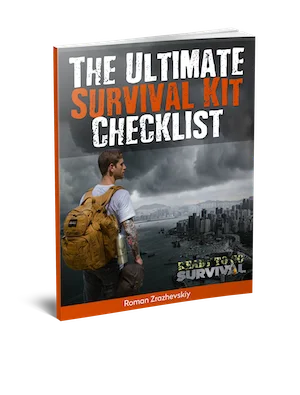





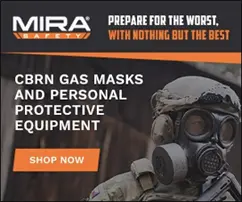

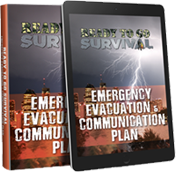
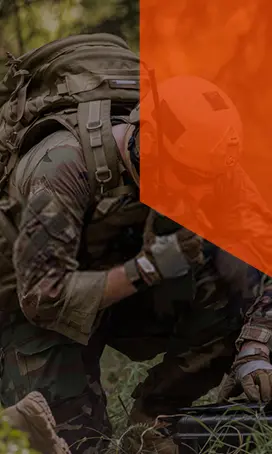

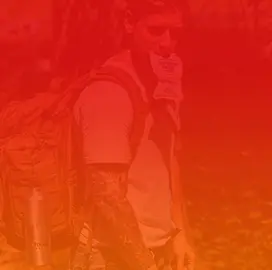
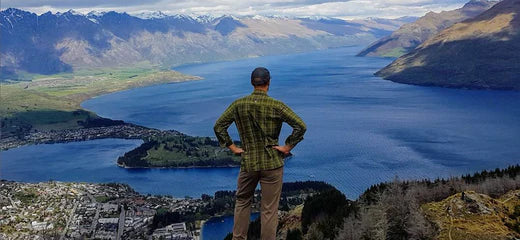
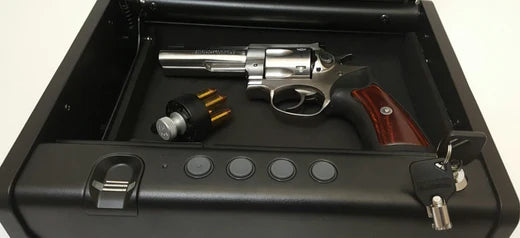
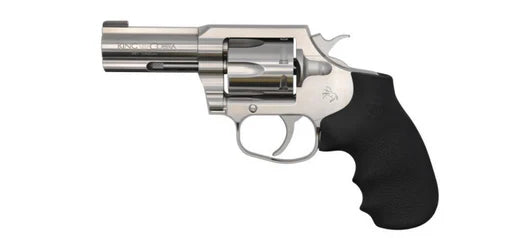

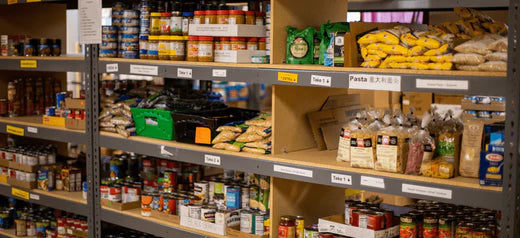
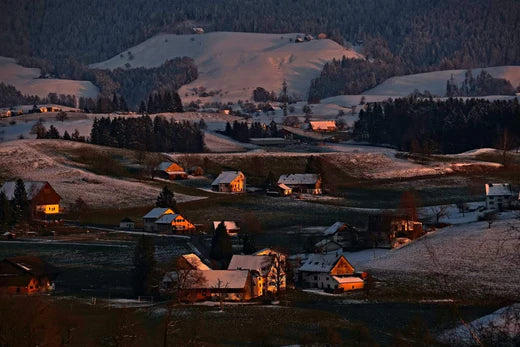

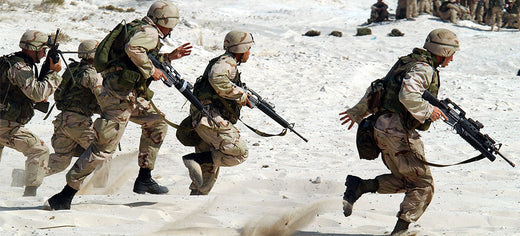
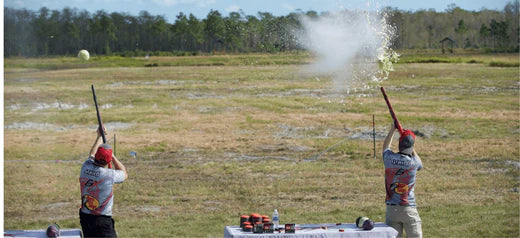
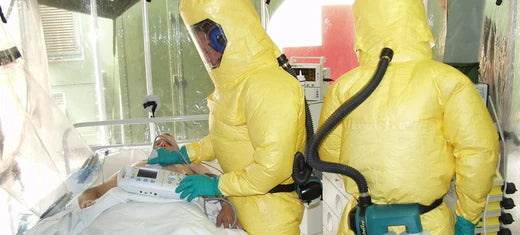
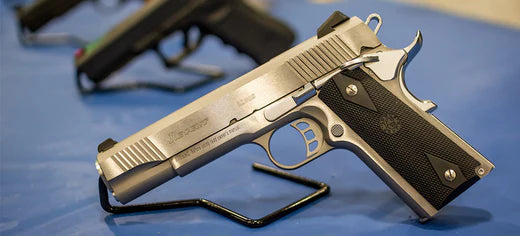
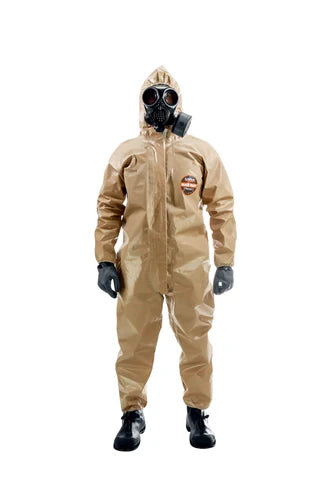
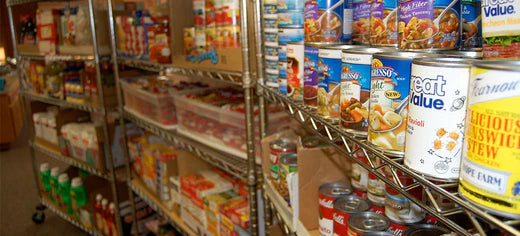
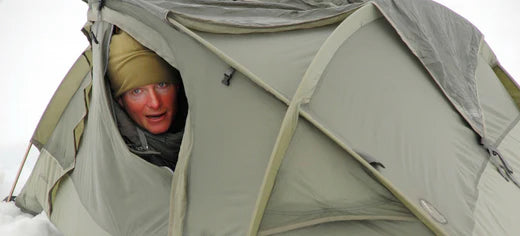
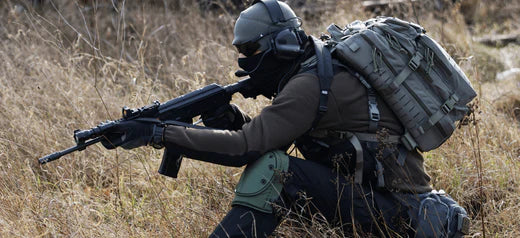

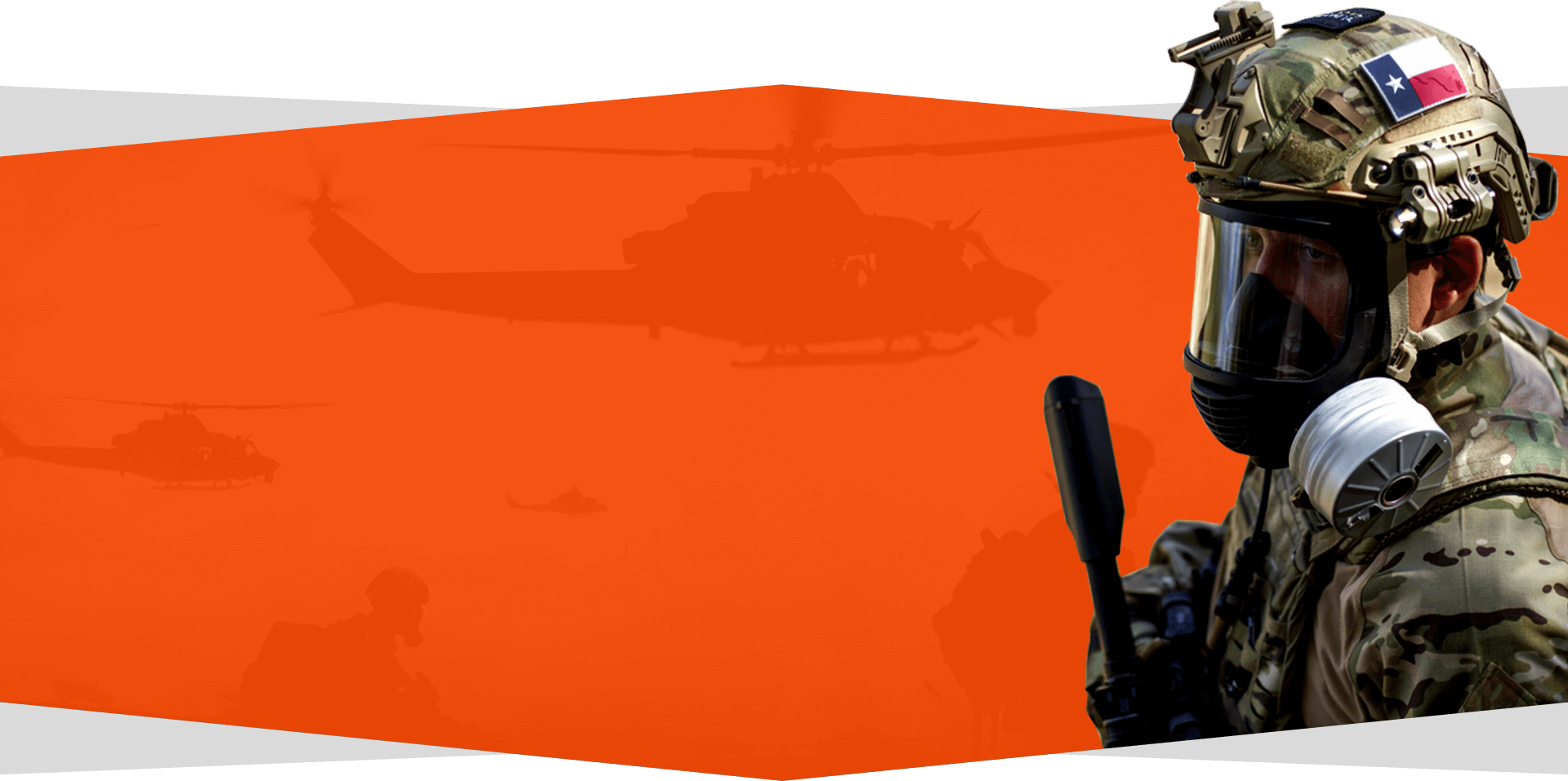
Leave a comment